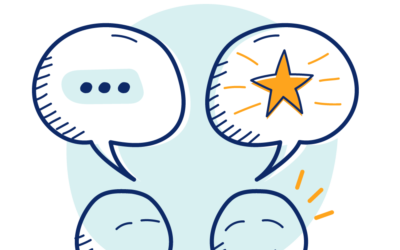In Spring 2019 my friend Ann was visiting and as we were stuck indoors due to rain so I suggested that we sketched our dreams for the year ahead. I’m not very good a drawing, but I had done a similar exercise with my Action Learning set and found it really enjoyable so with plenty of disclaimers about ‘being rubbish at drawing’ we borrowed some felt tips from the kids’ craft drawer and spent a happy hour imagining and trying to capture our thoughts visually.
I was thinking about running the 191 mile coast-to-coast path, solo, in the September of that year. I also wanted to make some big changes in my professional life (less travel, leaving the company I was working for to go solo etc). I came up with a visual metaphor: I drew a picture with my route across the country in the middle – splitting the year into before and after, showing as best I could with images the changes I wanted to make. The lonely and challenging run visually cut the year in two and signalled also the courage I felt it would take to strike out alone.
Whilst I didn’t win any art prizes, the drawing captured for me some important decisions and I put that image on the wall of my office where I would see it, reminding myself of this commitment to make change happen.
So when, a year later, I stumbled across Willemien Brand’s Visual Thinking – a brilliant guide to using drawing in facilitation – I was delighted to have a toolkit I could use not only to enable my own thinking but with my coaching and facilitation clients.
There are two aspects to visual thinking that I am particularly excited about:
Visual thinking often involves metaphor
Metaphor can be a very powerful way to articulate change, and there is a rich tradition of using metaphor in coaching and therapy, notably David Grove’s work on Clean Language. I had been using Clean techniques in coaching for many years so the shift from talking about metaphor to drawing images made a lot of sense to me.
Some of the visual thinking tools encourage us to think in metaphors – e.g. when gathering perspectives on what enables or prevents a share goal we might use the hot air balloon image and ask – what lifts us up, and what holds us down? There is also an iceberg metaphor which encourages us to identify what’s really going on under the surface – what hazards are lurking in the depths or what hidden treasure might we find?
One of my favourite metaphors is the road map – an invitation to choose your own destination and timeline; to think about what you are taking with you in your backpack (the things you have already); and to identify the potential milestones, route choices and hazards en route.
I created myself a road map for 2020 and found it helpful to think about the ‘perils’ that might distract me from my route and encouraging to think about the things I had in my rucksack: previous experiences, tools etc. That’s a tool I shared with a few coaching and facilitation last year too – and it resonated for them too – especially at a time when more traditional ‘plans’ felt hard to write given the uncertainty.
Visual thinking helps us learn
Illustrations, diagrams and doodles can also help us remember things – sometimes we recall images or diagrams more readily than complex terms as in the old saying ‘a picture speaks a thousand words’. Dual coding theory, which suggests we learn better when as well as written language we learn a visual symbol, has been known about in education for fifty years. Put simply, our brains store verbal language and visual images separately so if for each thing we learn we ‘bank’ a phrase and an image when we want our brains to find the nugget of info there are two options to recall, rather than just one.
Byy visualising and working through aspects of a challenge or theory using drawing we can develop an understanding as well as improve recall of information and ability to apply to other contexts – as this article I saw recently in Times Educational Supplement about using drawing to learn in schools shows.
As adults, we can feel inhibited to draw because many of us don’t do it regularly these days. The Visual Thinking book addresses this head-on with tips about how to draw well for facilitation purposes. But whilst it’s handy to have a few skills and techniques, it’s also important not to worry about the finished product – it’s the process of thinking through imagery not the final image that matters. Fortunately!

